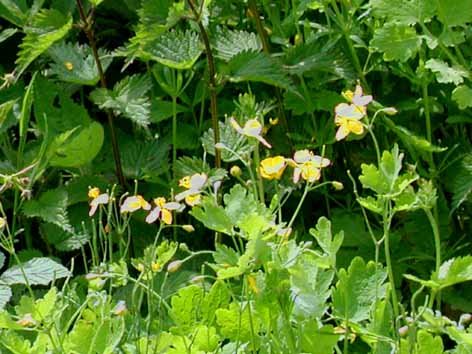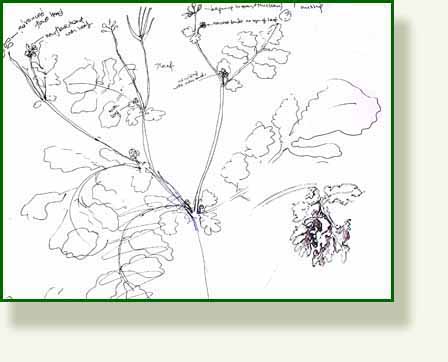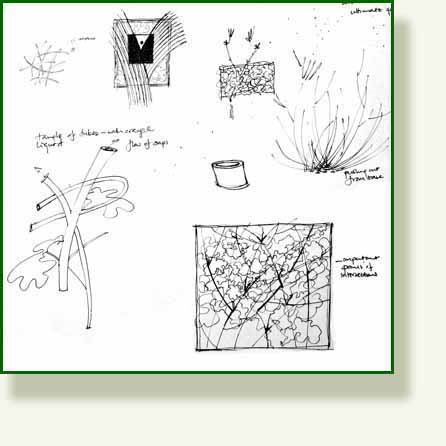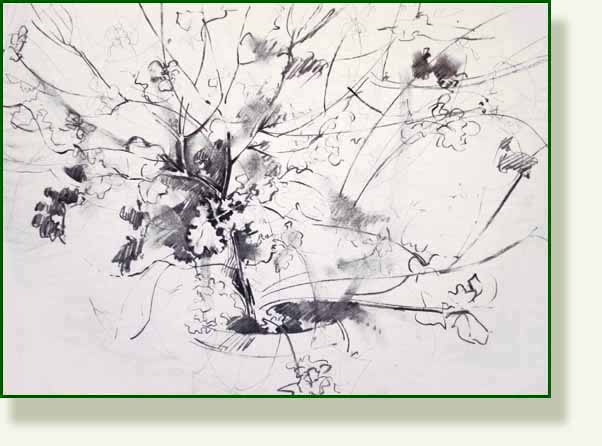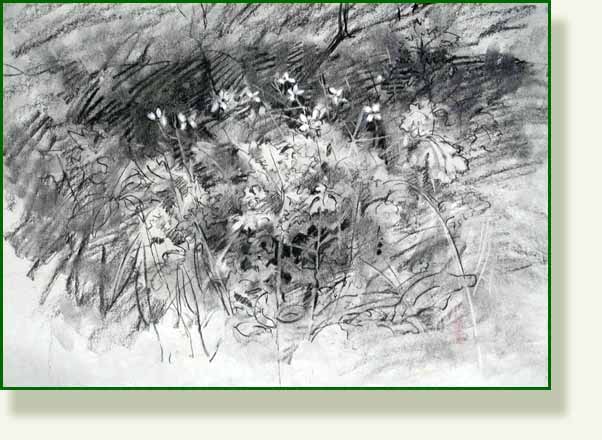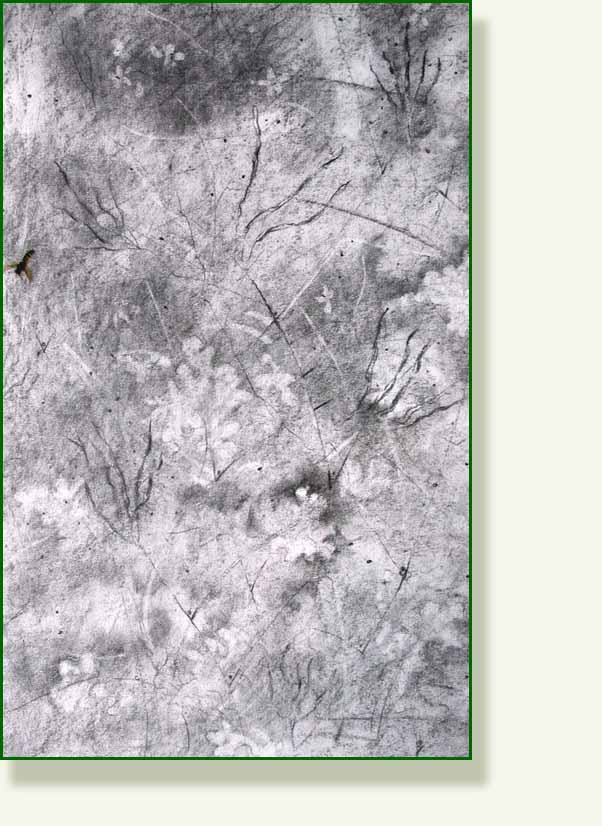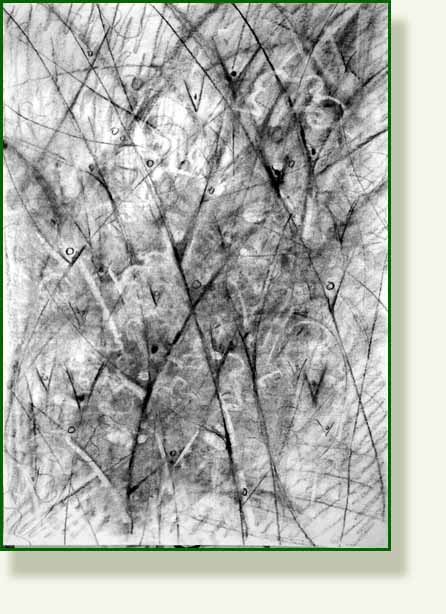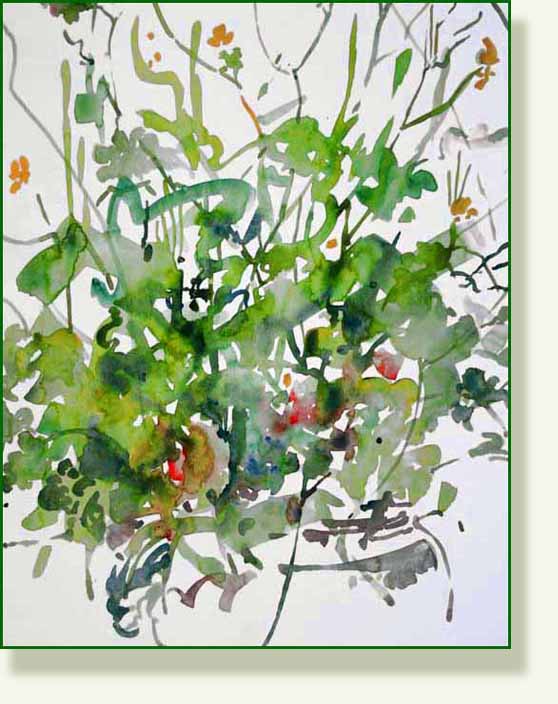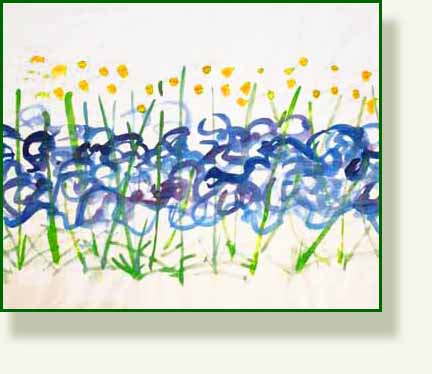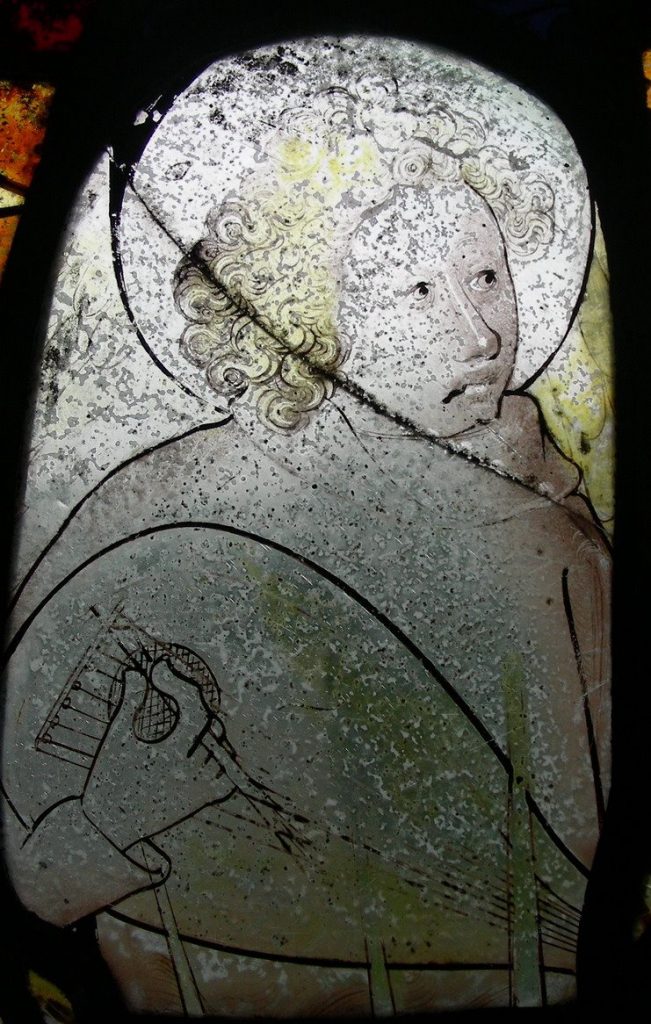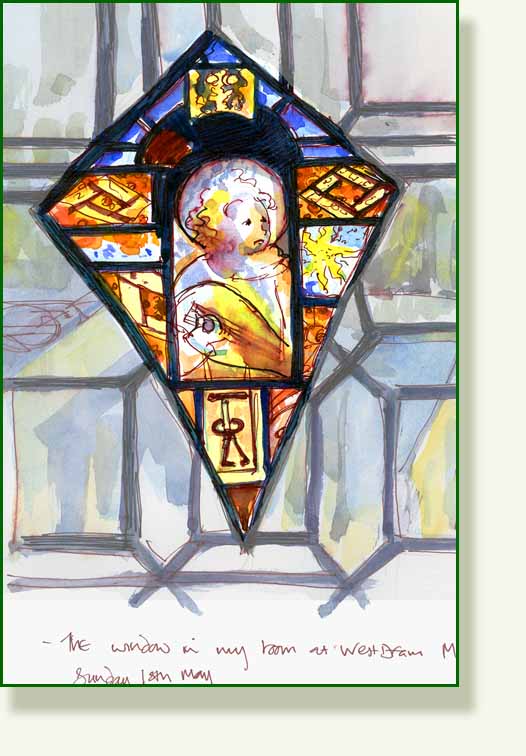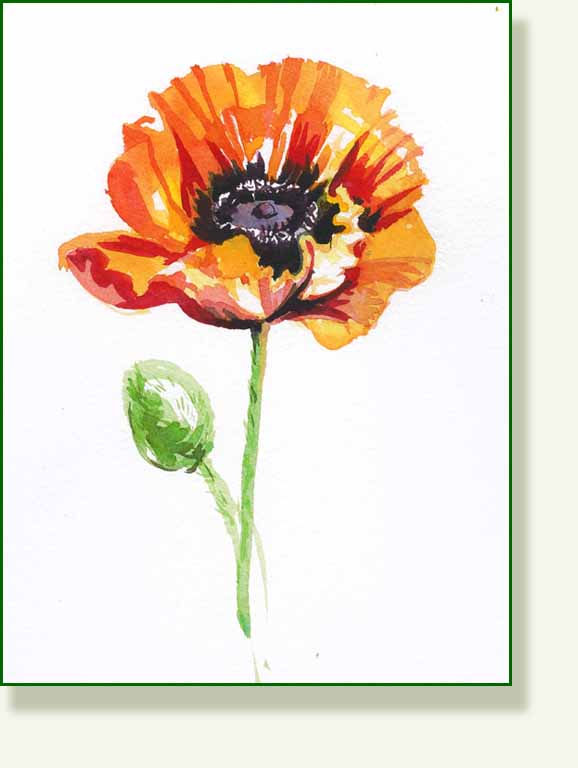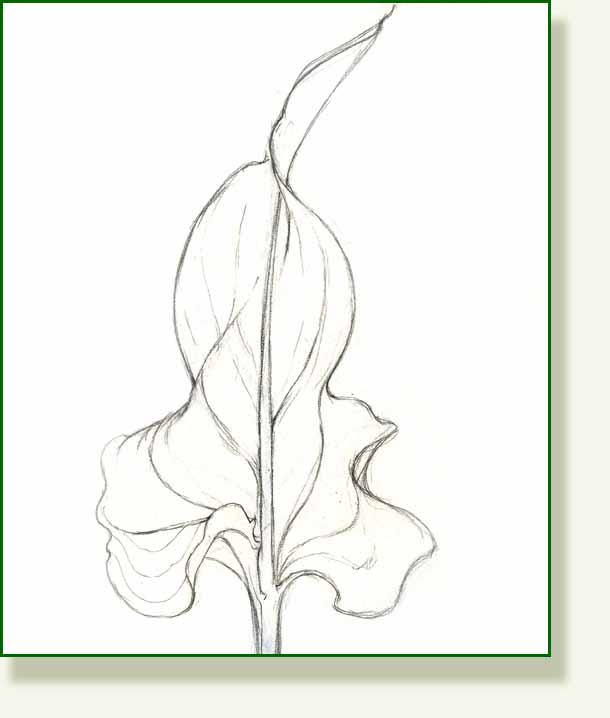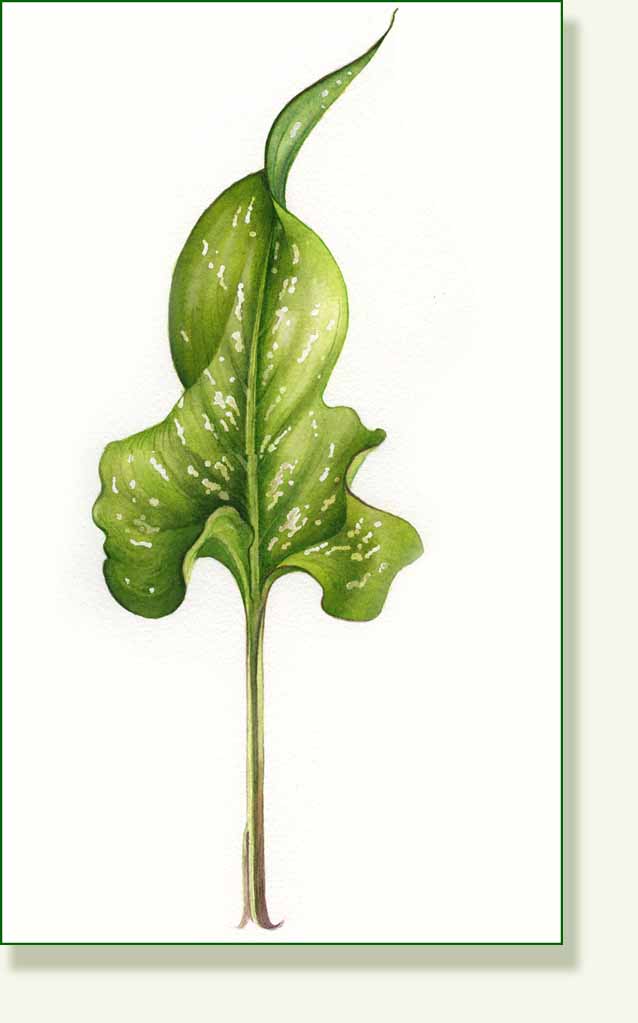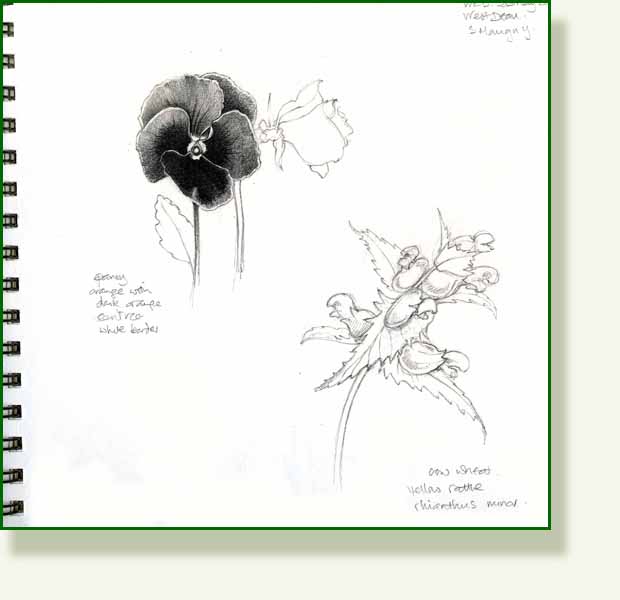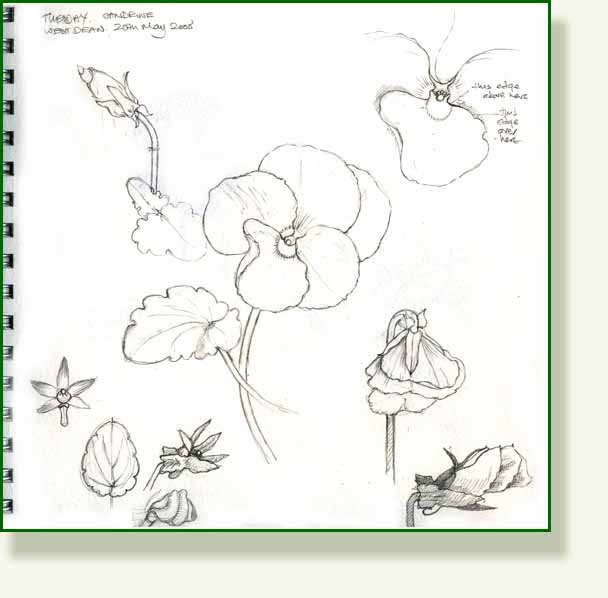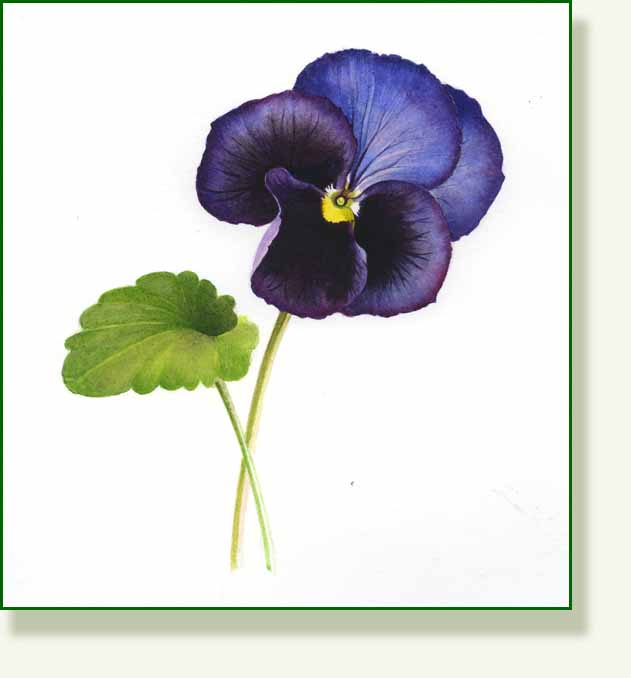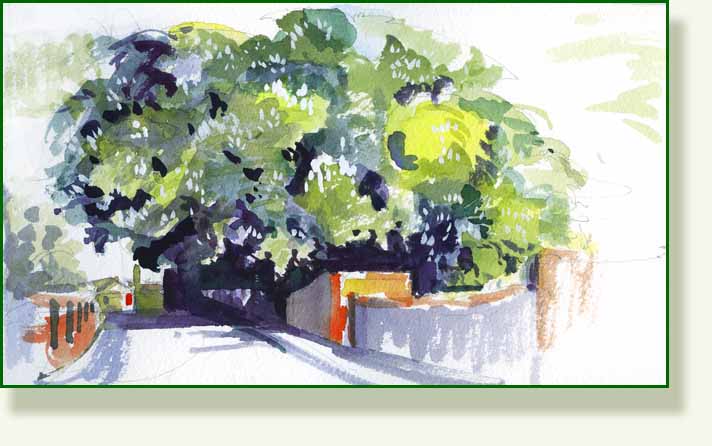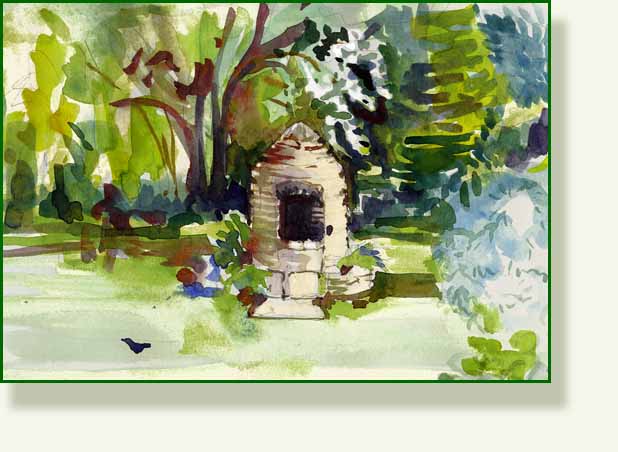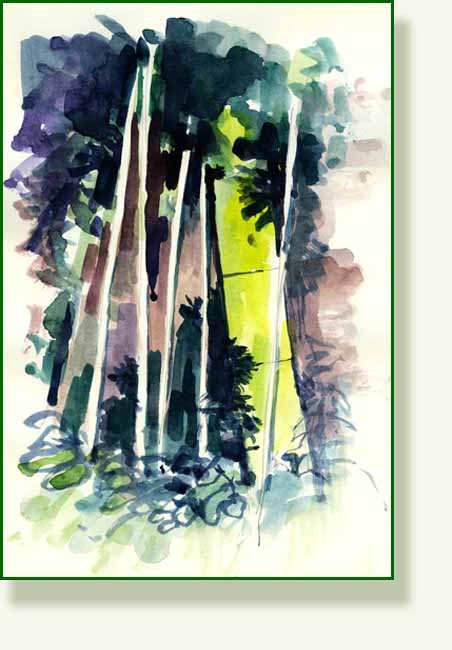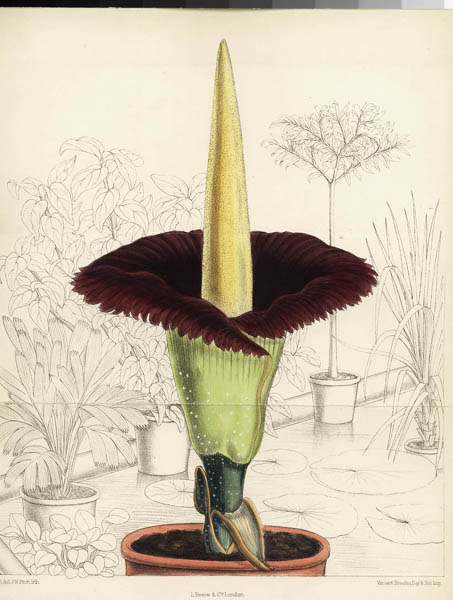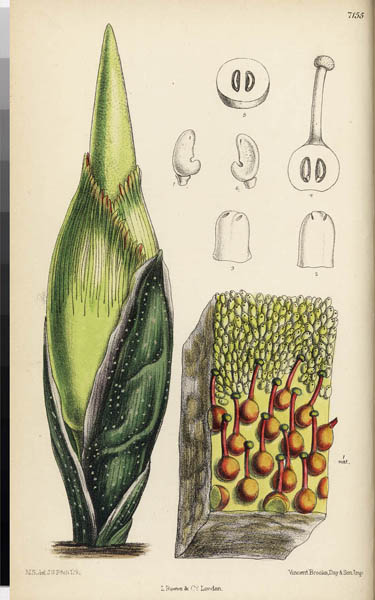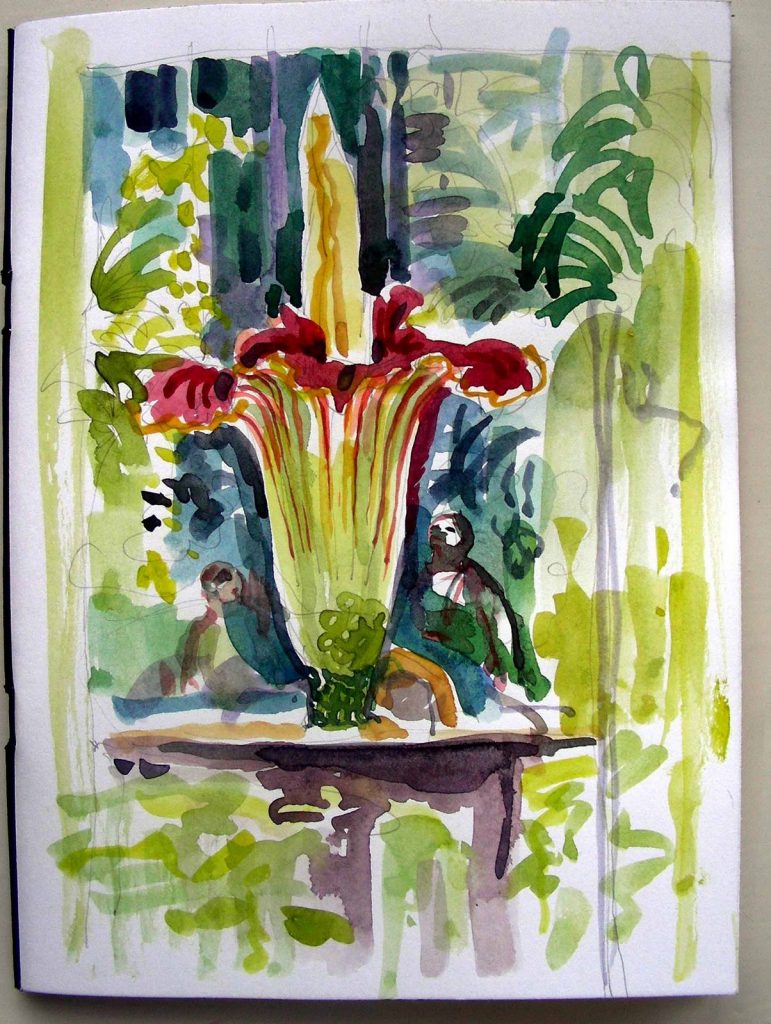The first day of June, “flaming June “and the temperatures are rising. It is also the Roman festival of Juno Moneta, the goddess who is in charge of issuing warnings.
Here in Orlando it is the official start of the hurricane season and the TV is warning us to “be prepared” and Kmart has huge stacks of emergency supplies to stock up on.
It was irresistible to put this beautiful image on today’s blog. It is of course “Flaming June” by Lord Leighton, bastion of Victorian painting and painter of languid classical figures. This beautiful painting has an interesting history too as, rather than residing in some august European museum it now graces the walls of the Museo de Arte de Ponce in Puerto Rico.
This article comes from Victorian society of America’s Newsletter 2005
“Flaming June was painted c.1895 and first exhibited at the Royal Academy in London. It was not sold however, and, as Leighton died the following year, it came to reside with his family. By the 1930s when Victorian art was out of fashion, and Leighton’s work could be had for £200, Flaming June ended up in a hairdresser’s salon in Albemarle Street, Mayfair. There were surely other owners, but eventually the painting was so unappreciated that it was walled-up, hidden behind paneling in a house on Clapham Common, S. London. This wasn’t known until 1962 when, during demolition work, the painting was uncovered. The revelation however, was not to be the painting’s salvation. The demolition contractors were clearly modernists and naturally thought nothing of the artwork, so they sold the piece for the value in its frame. This was not an unreasonable notion as Victorian subjects were not only unfashionable by this time, but distinctly passé. Yet the frame was of Leighton’s distinctive tabernacle style strongly influenced by Renaissance altarpieces and Greek architecture.
A Polish frame-maker in Clapham concurred and priced the painting
at £50 and the frame at £60. At this point the original frame appears to have been lost. As for the painting, £50 proved too expensive for at least one potential buyer, who saw Flaming June in a shop window without its frame with a £50 price tag on it – and didn’t buy it. “I was 15,” he said, “and I didn’t have fifty pounds”. That young man was Andrew Lloyd-Webber, now one of the world’s leading collectors of Victorian art.
The painting finally arrived for sale in London’s West End. The interest in historically correct framing and the centenary exhibition of Lord Leighton’s work at the Royal Academy prompted a reproduction of the original frame to be made by Arnold Wiggins & Sons. Information from the Wiggins Picture Frame Archive and drawings and casts made from Leighton’s original frames made it possible for an accurate reproduction to be made.
The painting fell to the Victorian picture-dealer Jeremy Maas, who
tried to persuade every museum director in England to buy it – without success. Mr. Maas eventually sold it to the Governor of Puerto Rico, Luis A. Ferre, who presided over a most astonishing increase in the picture’s value.
Sotheby’s and Christie’s visited Puerto Rico every year for two decades, lavishing lunches and dinners on Mr. Ferre and trying, and failing, to persuade him to sell.
Of course, by now, in 1996 to be precise, Lord Lloyd-Webber had managed to scrape together his fifty pounds. He offered six million for it. He sent letters of appeal. Nor was his offer the only one. It is wanted by Isabel Goldsmith, John Schaeffer and Jerry Davis, the big hitters in this market; and wanted by every art collector who sees this as the most luscious Victorian painting. Charming, smiling, Don Luis resisted more than 50 offers and kept the picture for 40 years until his death three years ago at the age of 99. He left a large art collection, much of it hanging in the Museo de Arte in Ponce, but his trophy is Flaming June.”
However, despite the hurricane warnings, the weather is set fair, and I went for a quick visit to Leu gardens and it is, just as it was, tranquil and beautiful. Some things have changed in the last 4 weeks ..some plants have completely disappeared and others are in bloom. I am now on a very tight schedule to get the next unit done for the course, so I collected a few leaves for inspiration but that was as far as I got, well after all it is Sunday…the sky is blue the lake is limpid and hours can drift by watching the lizards and the squirrels and now the mallard with her ducklings who are almost nothing more than stripy balls of fluff with a beak.
They have to be very high on the cute scale, rivalled only by three little black fuzzy moorhen chicks and then, at sunset, Chris and I sat beside the lake to watch the sun roll down and the light the clouds.
These quick sketches are done on wet paper after pencil sketches .. but I couldn’t really see their feet very well but I do know that they are huge. (Long grass or water are often the artist’s friend.)
__________________________________________________






